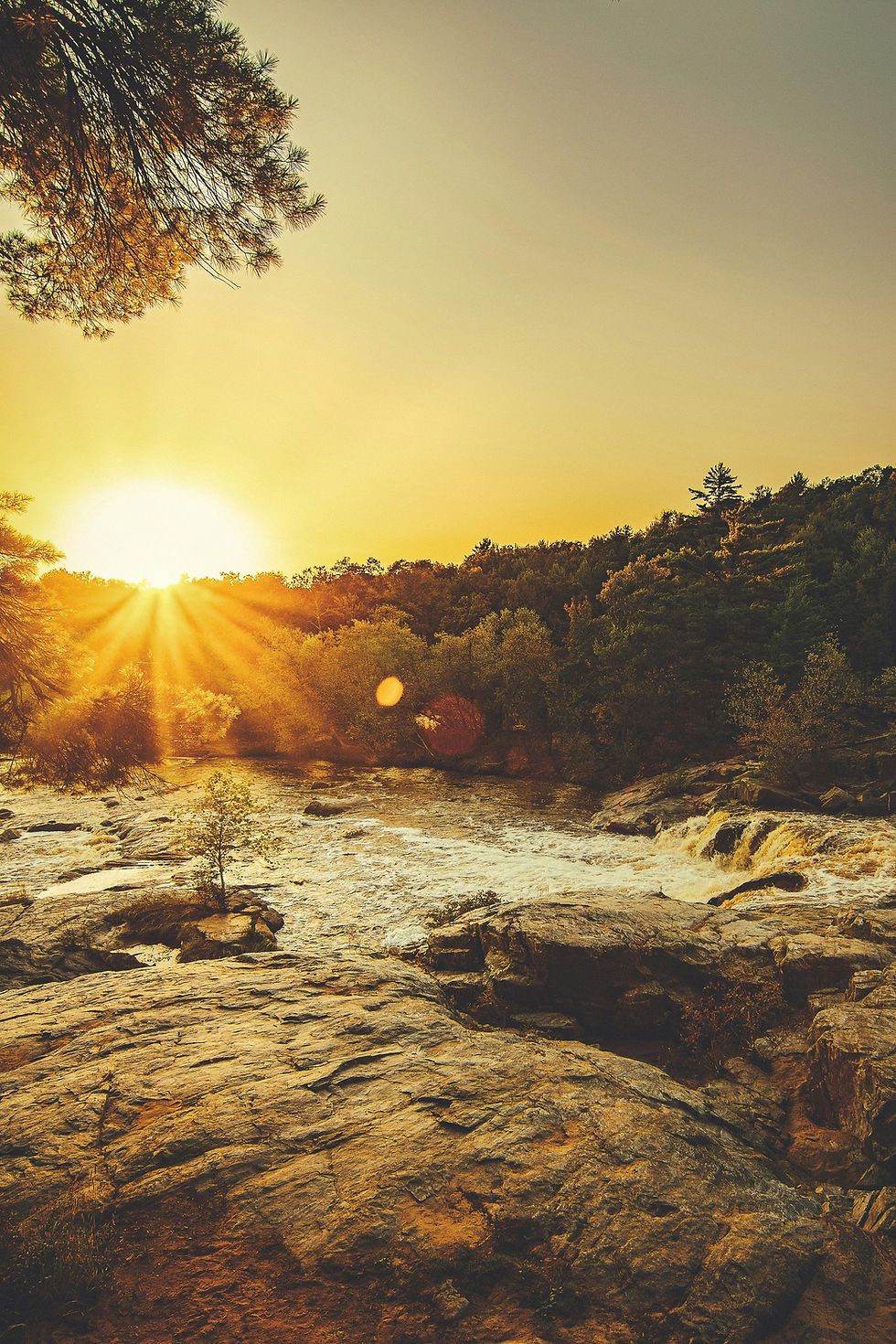weLOG #49 Bringing Nature Back to Cities
- Joanna Arai
- Jul 6
- 3 min read
Cities aren’t just meant for concrete and steel—nature belongs in them too. Urban forests, from tree-lined streets to rooftop gardens and wild green corridors, do more than make a city look good. They cool the air, clean pollution, boost mental health, and create homes for wildlife, proving that cities and nature don’t have to be at odds.
One of the biggest challenges in urban areas is rising temperatures. Buildings and roads absorb heat, making cities several degrees hotter than surrounding areas. Trees, however, work like natural air conditioners. Through shade and moisture release, they can lower city temperatures by up to 7°F (4°C), reducing the need for energy-draining air conditioning. At the same time, they filter pollutants, improving air quality and lowering rates of asthma and other respiratory issues. Green spaces also absorb excess rainwater, helping to prevent flooding in paved urban environments.
Urban forests don’t just serve humans—they provide much-needed habitat for wildlife. Birds, bees, and small mammals thrive in green corridors, moving through the city as they would in natural landscapes. Singapore’s green bridges and vertical gardens are proof that even in dense urban spaces, nature can flourish. In cities like Berlin and Melbourne, rewilding projects have reintroduced native species, showing that urban biodiversity is not only possible but thriving when given the right conditions.
The impact on mental health is just as powerful. Studies show that time spent among trees reduces stress, lowers anxiety, and improves mood. This is why forest bathing—simply immersing oneself in nature—is becoming more popular, even in cities. Parks, tree-lined streets, and small rewilded spaces all help people feel more connected, calm, and present. Studies have also shown that neighborhoods with more trees experience lower crime rates and stronger community ties, emphasizing that green spaces don’t just benefit individuals—they create healthier, more connected societies.
The movement toward urban forests is growing. Cities like Melbourne and Tokyo are leading the way with rewilding projects and community-driven tree-planting efforts. The Miyawaki method, which involves planting dense, fast-growing native forests, has been used to turn empty city lots into thriving ecosystems. But change doesn’t have to come from governments alone—anyone can plant a tree, advocate for greener spaces, or protect what’s already growing. The future of cities doesn’t have to be gray. With effort and vision, it can be green, thriving, and alive.

AROUND THE WORLD 🌏
by Joanna
LEGAL ACTION AS A TOOL FOR CLIMATE INACTION
As climate change accelerates and traditional policy avenues fall short, the courtroom is becoming an increasingly powerful space for environmental justice. International human rights lawyer Monica Feria-Tinta is at the forefront of this shift, pioneering a legal strategy that frames environmental destruction as a human rights violation. In a landmark case, she represented the Torres Strait Islanders—whose ancestral lands are threatened by rising seas—and helped secure a victory against the Australian government for failing to act on climate change.
Her work signals a broader trend: using existing human rights frameworks and international treaties as “living instruments” to address ecological breakdown. The legal system, she argues, holds untapped potential to compel governments to take real action—and to give voice to communities most affected by environmental harm. This intersection of law, climate science, and justice is becoming a critical frontier in the global fight for environmental accountability.
A MODEL FOR AN ENVIRONMENTAL RESTORATION
Once one of the most degraded landscapes on Earth, China’s Loess Plateau is now a striking example of what long-term ecological restoration can look like. Through its “Grain to Green” program, the Chinese government worked with farmers to convert sloped farmland into forests and grasslands, effectively halting the catastrophic soil erosion that plagued the region for decades.
The transformation was achieved through a combination of planting native vegetation, banning logging and overgrazing, and offering subsidies to farmers who transitioned to sustainable practices. Over two decades, the project increased vegetation cover by 25%, improved water retention in the soil, and revitalized local agriculture. Though challenges remain—such as balancing food production with ecological goals—the Loess Plateau restoration stands as a powerful reminder that environmental collapse is not irreversible. With the right support and vision, healing landscapes at scale is not only possible—it’s already happening.

WHAT WE'RE READING
There you have it, dear friends!
Till next time!
Joanna Arai
💛



Comments